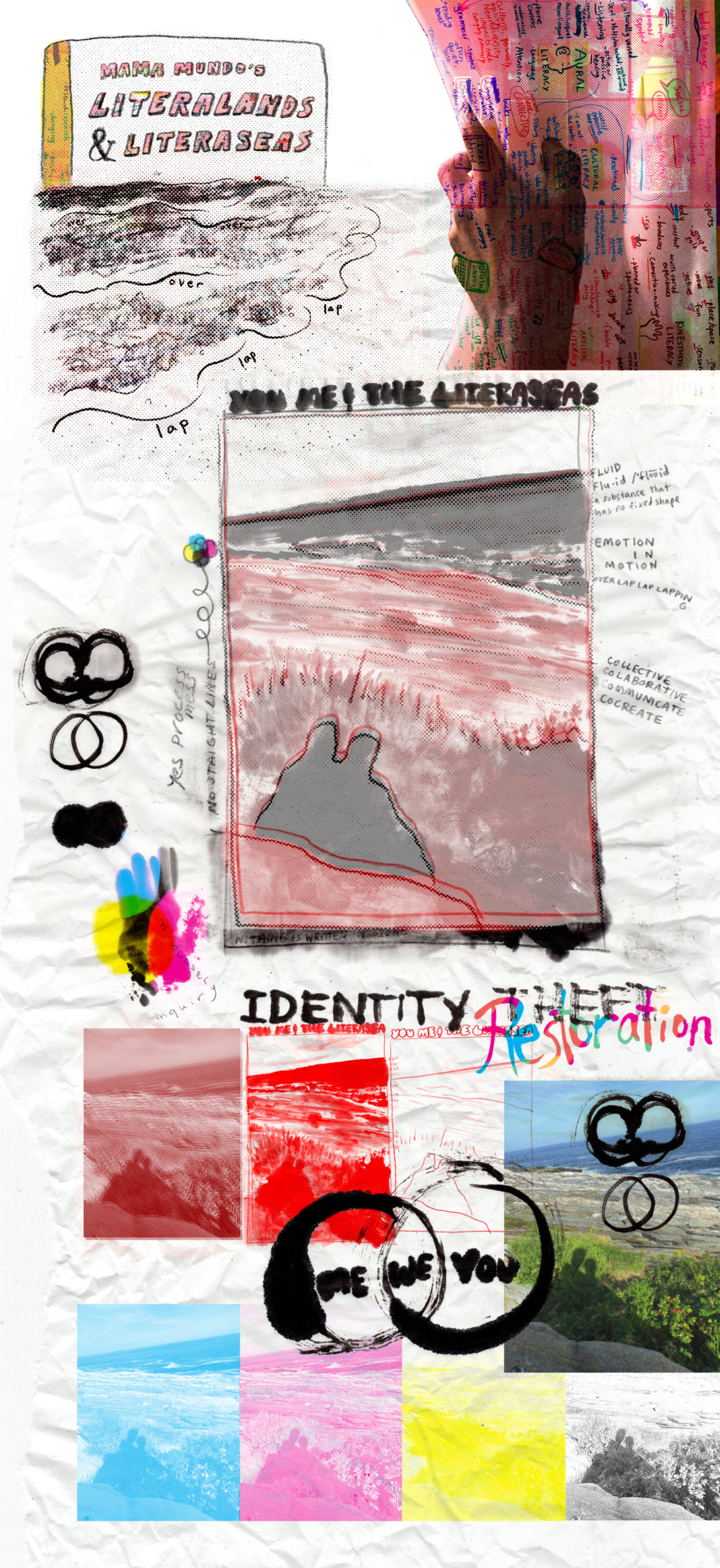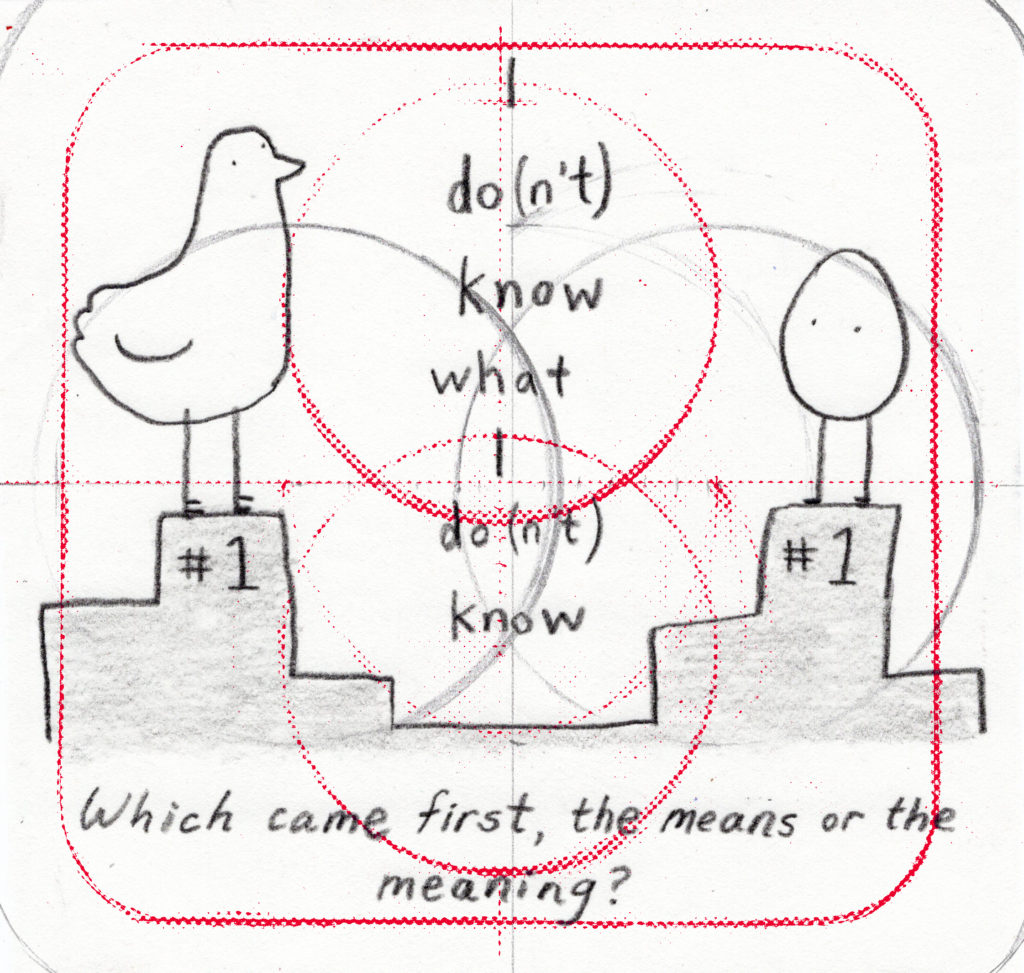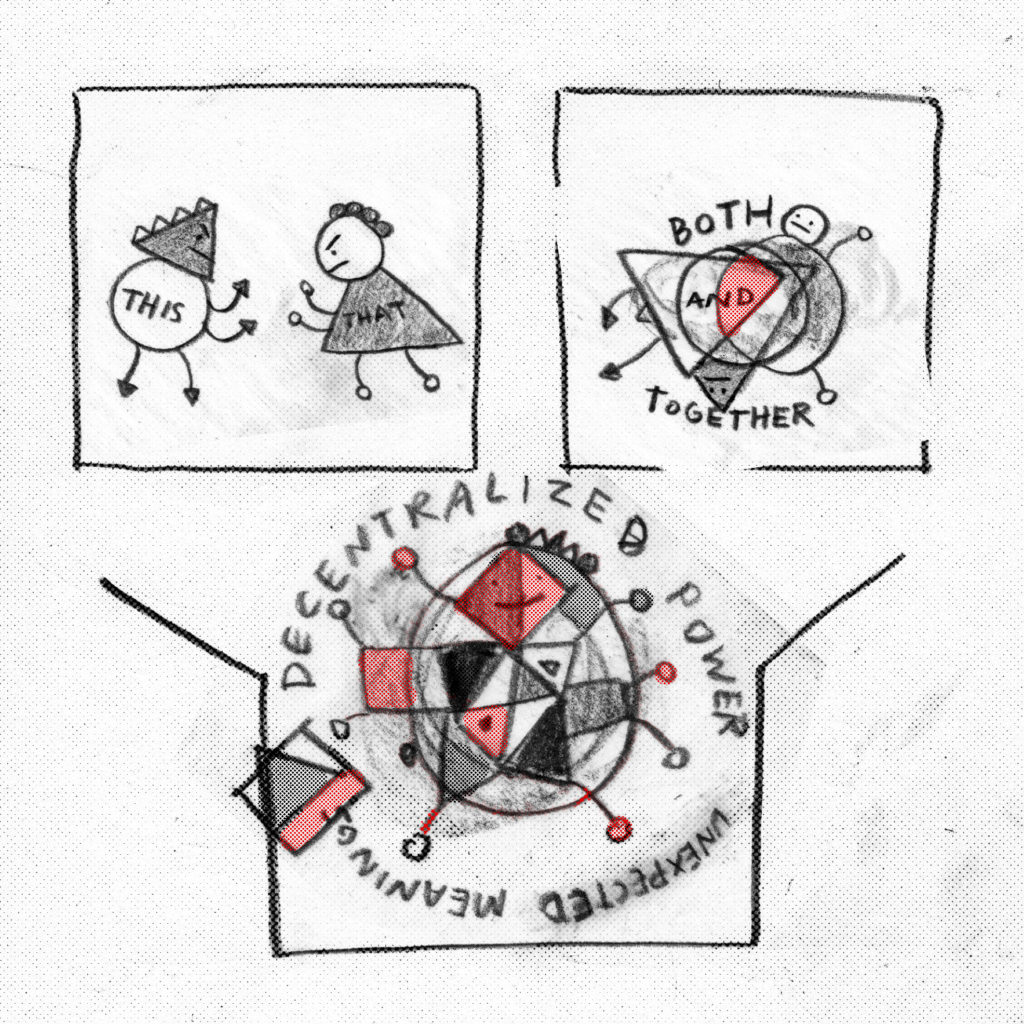Exploring the Convergence Between Arts and Sciences, One Month at a Time
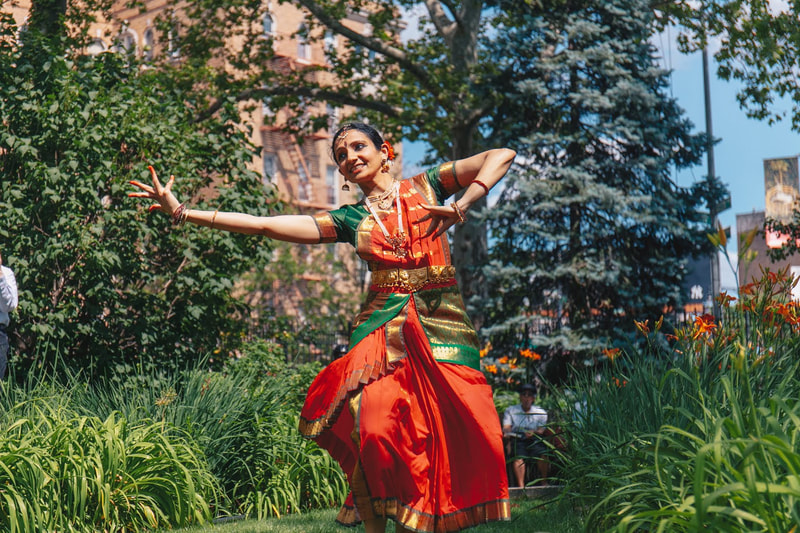
My name is Sloka, and I am a neuroscientist and classical Indian dancer from Ahmedabad, India, and I now live in New York. I started learning Bharatanatyam — a form of classical Indian dance — when I was five years old. Bharatanatyam is rich in facial and hand gestures, rhythmic patterns, and an expansive vocabulary of storytelling. While in Ahmedabad, I had the opportunity to help establish the first humane spay-and-neuter shelter for stray dogs. Watching animals interact with one another and with humans sparked a fascination with the organ that makes all behavior and thought possible: the brain. Hence, after learning, performing and practicing dance for many years in India, I came to the United States to pursue my graduate work in neuroscience. For my Ph.D., I studied a phenomenon called synaptic plasticity — the capacity of neurons to change with experiences. While dance was always a part of my life, I didn’t actively dance for several years while pursuing my graduate and postdoctoral work. When I returned to dance as an adult (and neuroscientist), I realized the many ways dance changes the brain and wondered how the brain enables each of the aspects of dance, such as perceiving rhythm; responding to music; enabling movement, balance and proprioception; and imitating someone else’s movement. This interest led me to author and co-author several publications, including one that provides reflections on the convergence of Bharatanatyam and neuroscience from a dance studies perspective and another that looks at the positive impact of folk dance on mental health.
To help systematize these thoughts, I am currently developing an online production called Vichaar, which, in Sanskrit, means thought, perception, reflection or contemplation. Through this series — which explores how dance changes the brain and how the brain enables dance — I hope to convey that science and dance can and indeed do co-exist, and that exploring this intersection can positively impact education, physical and mental health. Beginning in March 2022 (through December 2022) as part of Brain Awareness Week, I will pick an aspect of Bharatanatyam each month and explore and discuss its neuroscientific basis. A few topics I hope to cover are rhythm, storytelling, narration, creativity, music, themes of time and change, movement, balance, expression, cognition, practice and the role of dance in society. In April, I plan to discuss rhythm — specifically, how rhythmic patterns are organized in Bharatanatyam and how the brain employs its internal synchronicity to perceive changes in tempo, meter and pattern of a rhythmic structure. In subsequent Vichaar episodes, I will explore storytelling, including how our neurons are wired to respond to stories and storytellers and how the mind visualizes certain images or events during dance.
There are many reasons why this work is important to me, but I will just share a few. First, science and arts are all around us. While discoveries due to science may be more evident, dance and movement, too, are all around us. From the rustle of leaves in the wind and the waves of the ocean to the movement of ions in the brain to create thought and movement (of leaves, of water, of ions), we are surrounded and subsisted by movement. Second, dance and science are universal; both disciplines provide a language and vocabulary to understand and appreciate the world around us. Third, and most importantly, I believe that dance and science are complementary ways of perceiving the realities around us. Dancing as a scientist made me realize how fortunate I am to experience these two very different yet connected disciplines. Whereas science is the theoretical study of reality, dance — to me — is the practical study of reality. Together, science and dance can help us appreciate more fully the world we live in.
Vichaar will also provide even more credence to existing work on employing dance to enable positive physical and mental health, including as a support for individuals with Parkinson’s disease, dementia and multiple sclerosis. By embracing a worldview that each discipline can enrich the other, we can build and appreciate a holistic perspective of the world that provides meaningful opportunities and experiences for all those living in it.
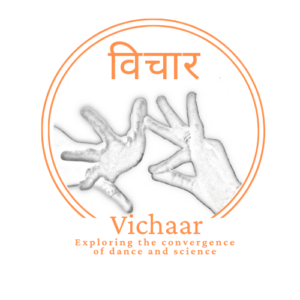
Look out for the first episode of Vichaar on my website! Have feedback or ideas for topics that you would like to see covered? Please let me know!

